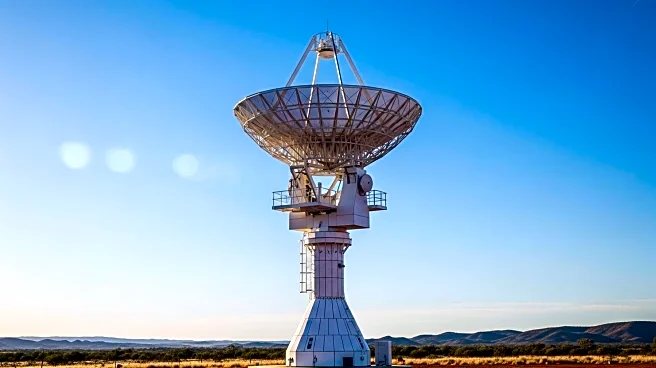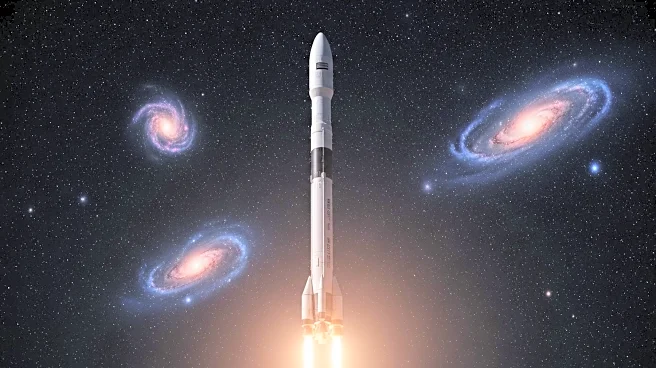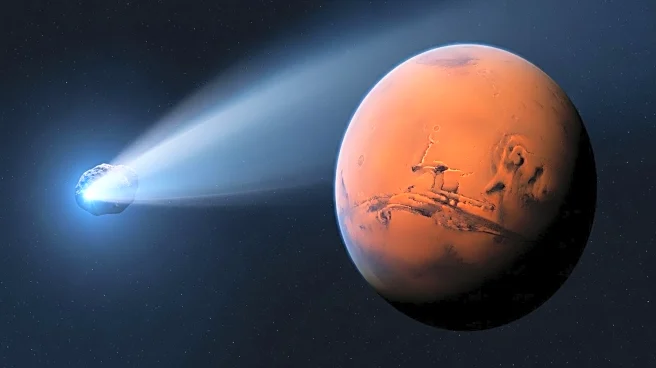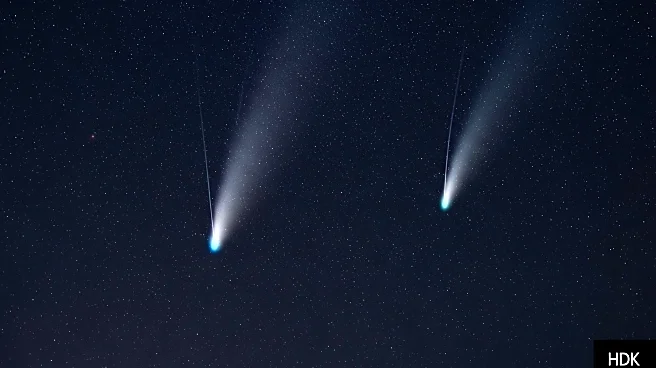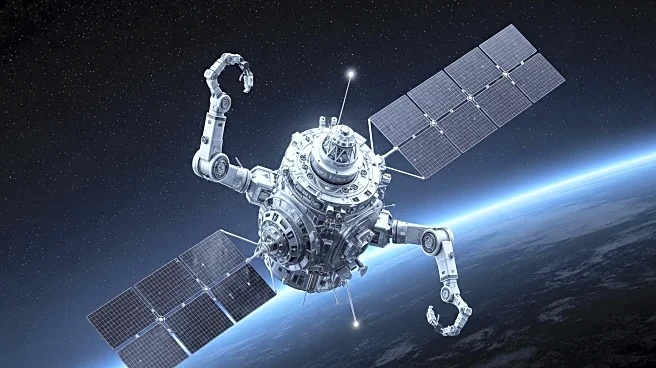What's Happening?
Australia's SpIRIT nanosatellite has successfully completed its commissioning phase and is now set to begin its core scientific mission of detecting gamma-ray bursts (GRBs). Launched in December 2023 aboard a SpaceX Falcon 9 rocket, SpIRIT is the first space telescope funded by the Australian Space Agency to carry a foreign space agency's scientific instrument as its main payload. The satellite, developed by the University of Melbourne in collaboration with the Italian Space Agency (ASI), has logged over 600 days in orbit, circling Earth more than 9,000 times. Recent images confirm that its systems, including a winged thermal management and deployable camera arm, are functioning correctly. SpIRIT will use the HERMES X-ray prototype detector provided by ASI to detect GRBs, acting as an early warning system for astronomers worldwide.
Why It's Important?
The successful deployment and operation of SpIRIT highlight the growing capabilities of the Australian space sector. By hosting international science payloads and testing new technologies, Australia is positioning itself as a significant player in space exploration. The mission's focus on gamma-ray bursts is crucial, as these cosmic explosions are unpredictable and difficult to detect, often resulting from stellar collisions or supernovas. SpIRIT's ability to act as an early warning system for astronomers could lead to new discoveries and insights into the universe's most violent events. This development not only advances scientific knowledge but also strengthens international collaboration in space research.
What's Next?
With the commissioning phase complete, SpIRIT will now focus on its primary scientific role of detecting gamma-ray bursts. The satellite's findings could prompt further investigations by astronomers globally, potentially leading to new discoveries about the nature of these cosmic phenomena. The success of SpIRIT may also encourage further investment and development in the Australian space sector, fostering more international collaborations and technological advancements.
Beyond the Headlines
The SpIRIT mission underscores the importance of international collaboration in advancing space technology and exploration. By integrating scientific instruments from different countries, the mission exemplifies how shared resources and expertise can lead to significant scientific breakthroughs. Additionally, the mission's success may inspire other nations to pursue similar collaborative efforts, potentially accelerating the pace of space exploration and discovery.

